Metal Roof Drip Edge: Importance and Benefits for the Home
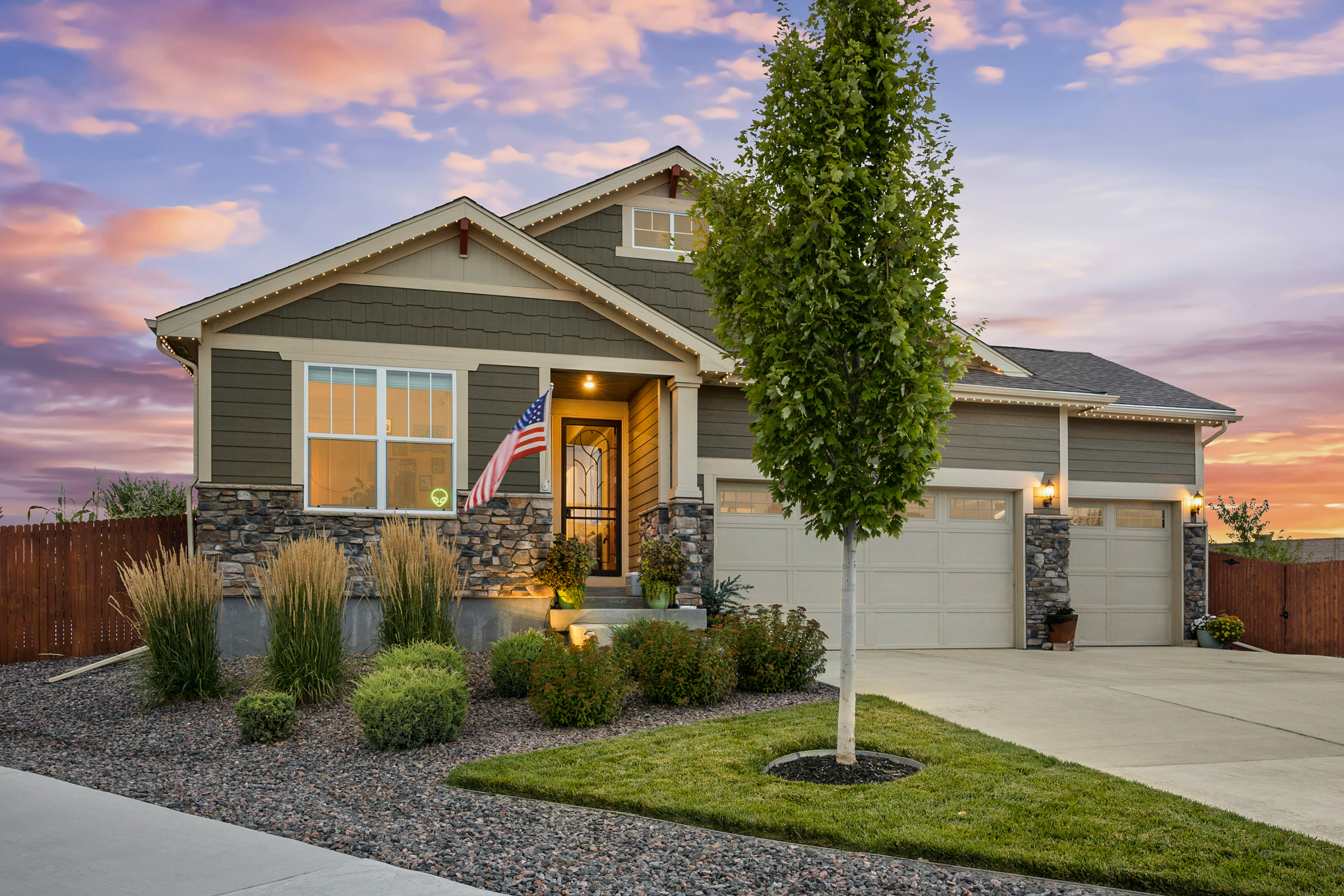
Your roofing system has all the big visible components — panels, shingles and gutters — but there's one often-overlooked feature that plays a crucial role in protecting your home and maintaining performance: the metal roof drip edge.
On a roof, a properly-installed drip edge can be the difference between expensive water damage repairs and years of trouble-free protection. Knowing what a drip edge is, why it matters and how it protects your home can make all the difference when it comes to choosing the right one, ensuring you get the most out of your roof for years to come.
What Is a Drip Edge?

A drip edge is a strip of metal flashing installed along the edges of your roof. It’s installed on both the eaves (the lower edge) and the rakes (the sloped edges). Its core purpose is simple — protect the roof’s edge and direct water away from vulnerable parts of your home.
By keeping water from seeping under roofing materials, a drip edge helps prevent water damage.
How It Works with a Roof System
Roofing systems are durable, long-lasting and resistant to all kinds of damage, but the edges are still vulnerable to the elements.
A drip edge can be installed in a few ways to protect your roof’s edges, depending on the overall roof design. Along the eaves, it’s typically placed under the underlayment and extends over the fascia. On the rake edges, it can be installed over the underlayment.
When paired with a properly designed and installed roof, a metal roof drip edge enhances your home’s durability and provides reliable waterproofing along the roof’s perimeter.
Why a Drip Edge Is Essential
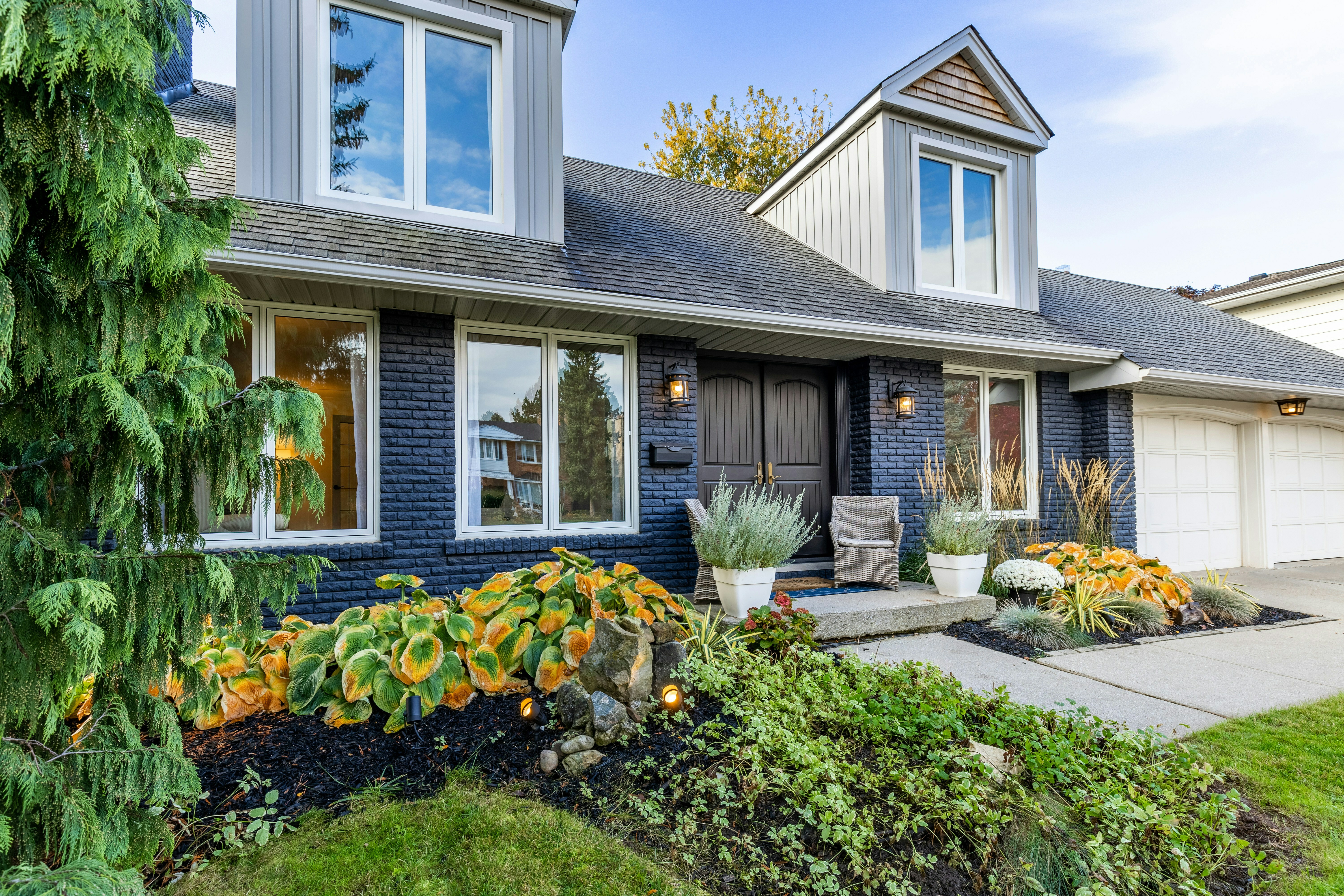
A drip edge is vital for preventing water damage by protecting your roofing elements and directing water away from your roof line.
Preventing Water Damage and Rot
A drip edge is your roof’s first line of defense, keeping water out and protecting your home. Without it, water can get under the shingles and even reach wooden parts like the roof decking, fascia or rafters. Left unchecked, this can lead to rot, mold and other costly issues.
Directing Water Away from the Roof Line
The path water takes off your roof is vitally important. Properly installed drip edges ensure that water goes into your gutters or is pushed cleanly away from your roof line, protecting your exterior finishes from water damage.
Other Key Benefits of Installing a Metal Roof Drip Edge
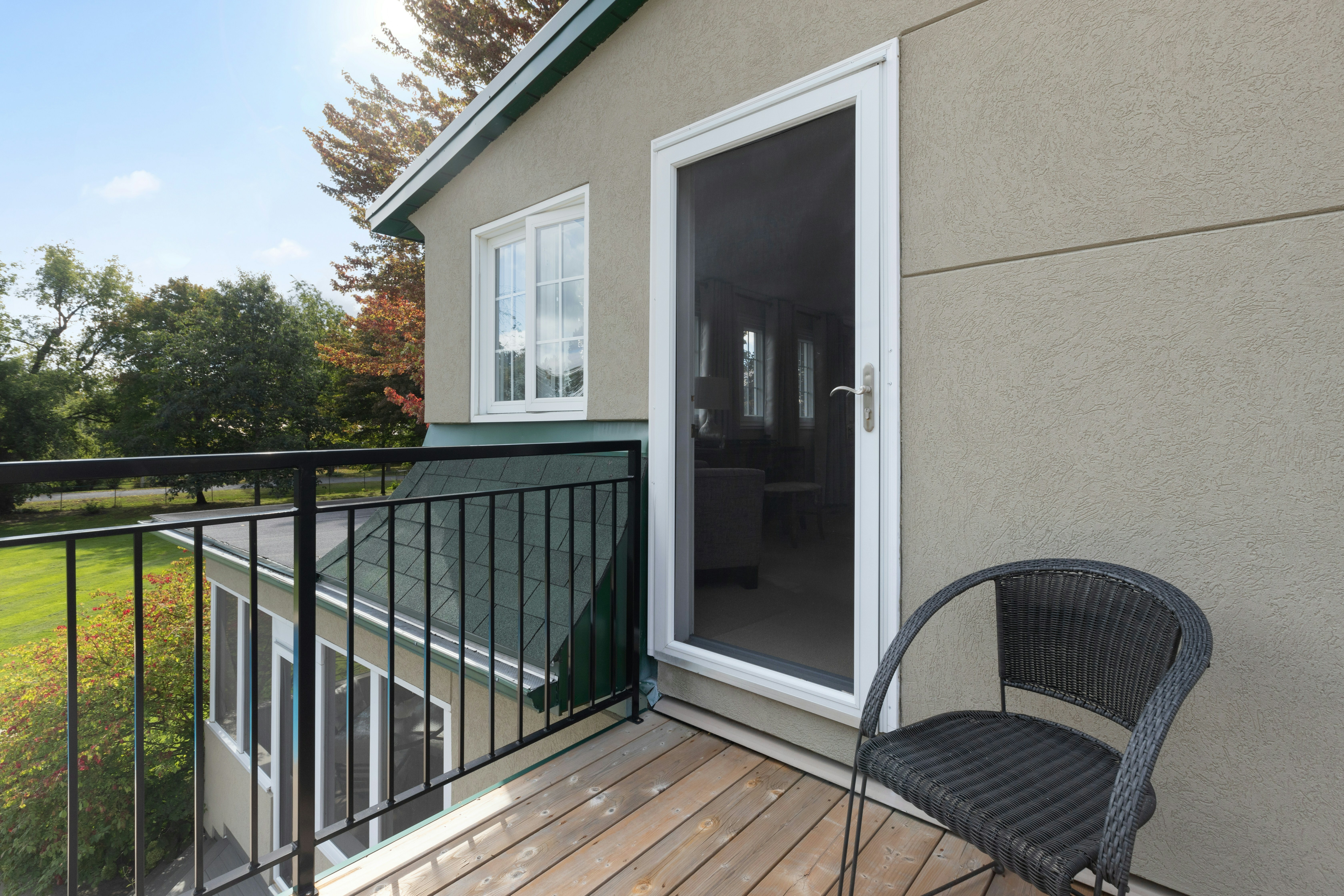
Other key benefits of a drip edge include extending your roof’s lifespan, protecting insulation from moisture damage and enhancing your home’s curb appeal.
Extends Roof Lifespan
Because drip edges protect vulnerable areas from moisture intrusion and rot, they help prevent small problems from becoming much larger ones.
With better edge protection, less exposure to water damage and reduced risk of decay, your roof system is likely to last significantly longer.
Supports Home Energy Efficiency
While a drip edge isn’t part of your insulation, it helps keep it dry.
When insulation gets wet, it loses its ability to regulate temperature, causing your HVAC system to work harder to maintain indoor comfort. Moisture intrusion can also lead to mold and mildew growth, which decreases air quality and puts additional strain on your heating and cooling systems.
By helping to keep insulation dry, a drip edge supports overall energy efficiency and healthier indoor air.
Provides a Cleaner, Finished Look
Drip edges don’t just protect your roof — they also add a finished look to the overall design. They create a clean, straight edge, hide hardware and give your roof a polished appearance. It’s a small detail that can make a big difference in curb appeal.
Common Drip Edge Materials and Profiles
The most common drip edge materials are aluminum, steel and copper.
Aluminum vs. Steel vs. Copper
Aluminum drip edges are lightweight, corrosion-resistant, well-priced and easy to work with. However, in very harsh climates, they can dent or wear faster than steel.
Steel is strong and more impact-resistant. When properly coated, it handles moisture very well and resists corrosion. On the downside, steel can be more expensive compared to aluminum.
Copper is a premium material that’s exceptionally long-lasting and durable while developing an attractive patina over time. Though it has a higher upfront cost, its low maintenance and high durability can make it more cost-effective in the long run.
Style Options: Type C, Type D and Type F
Known as the most widely used style, a “Type C" Profile drip edge has a simple, right-angle bend with a lower flange at the bottom. It effectively directs water off the fascia on sloped roofs, making it suitable for low-slope and flat roofs.

A Type D Profile drip edge, also known as a T-style, is shaped like a “T.” The top extends past the gutter, making it effective at keeping water away from the fascia. However, it is not as widely used as Type F.

A Type F "Extended Leading Edge" Profile drip edge is designed with a longer leading edge, making it a good choice for installing over existing shingles or on rake edges. It’s also known as “F Style” or “Gutter Apron.” It’s ideal for retrofitting finished roofs or for homeowners who want additional coverage.
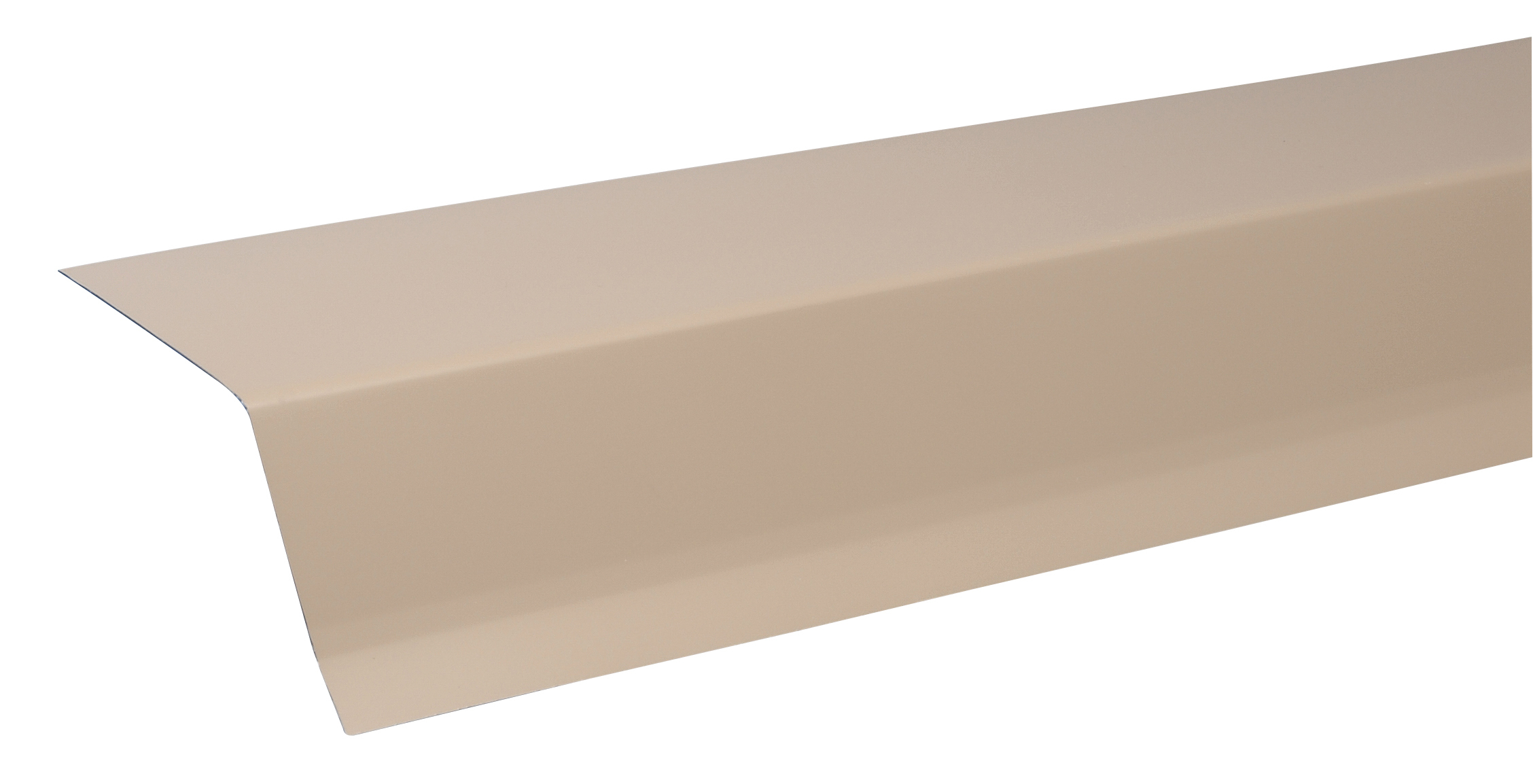
Installation Tips and Considerations
From when to install a drip edge to hiring a professional, these tips will help you get it done right and keep your roof performing for years.
When to Install a Drip Edge
In addition to being installed during new construction, homeowners may retrofit a drip edge when re-roofing or during maintenance if a roof edge is exposed or failing.
Can a Drip Edge Be Added to an Existing Roof?
While you can add a drip edge after a new roof is installed, it does involve lifting panels or underlayment and carefully integrating it. Always make sure the drip edge works with your current roof design, trim and gutters before getting started.
Hiring a Professional vs. DIY
Installing drip edges requires careful attention to angles, overlaps, fasteners and sealing, each step being crucial to prevent leaks and water buildup.
Hiring a professional is highly recommended. Professionals know local building codes, can line up drip edges properly with gutters, integrate them with metal panels and make sure your warranties stay valid.
With their experience and understanding of how materials hold up in your local climate, you can have confidence that your drip edges are installed properly for the long haul.
Roof-Edge Solutions From Alsco®: Specially Designed to Protect Your Home
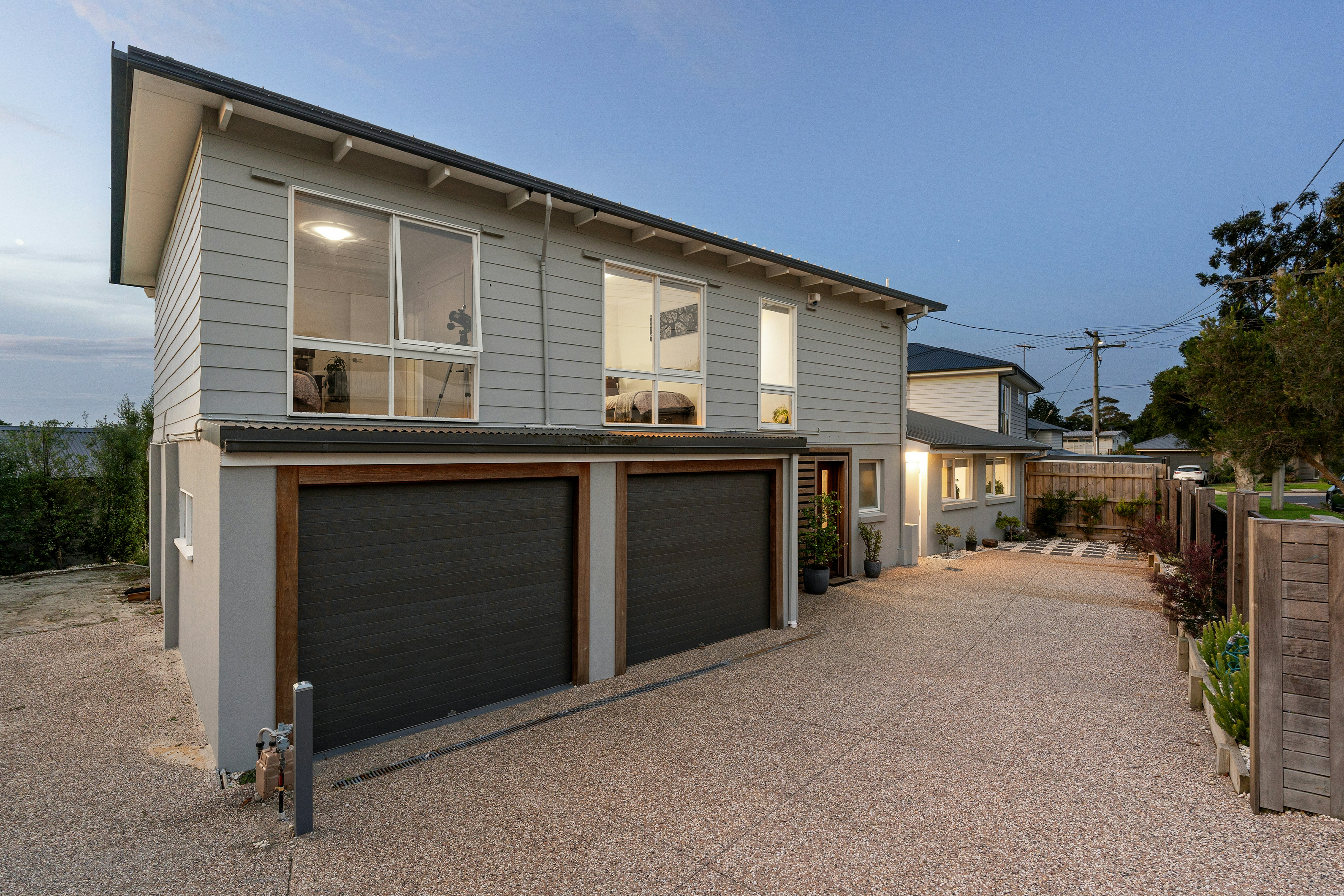
It may seem like a small detail, but a metal drip edge plays a big role in protecting your home. It helps keep water out, safeguards your home’s structural integrity, supports energy efficiency and gives your roof a clean, finished appearance.
If you’re planning a roof replacement, maintenance or exterior upgrade, be sure to rely on high-quality solutions that support your home and are trusted by professionals. At Alsco, we provide durable, reliable building products that stand the test of time.
Our roof edge solutions are expertly crafted to safeguard the roofline and divert water from the underlying structure, ensuring your home is protected for years to come.
Explore our roof edge offerings and kick off your next project with confidence and peace of mind.